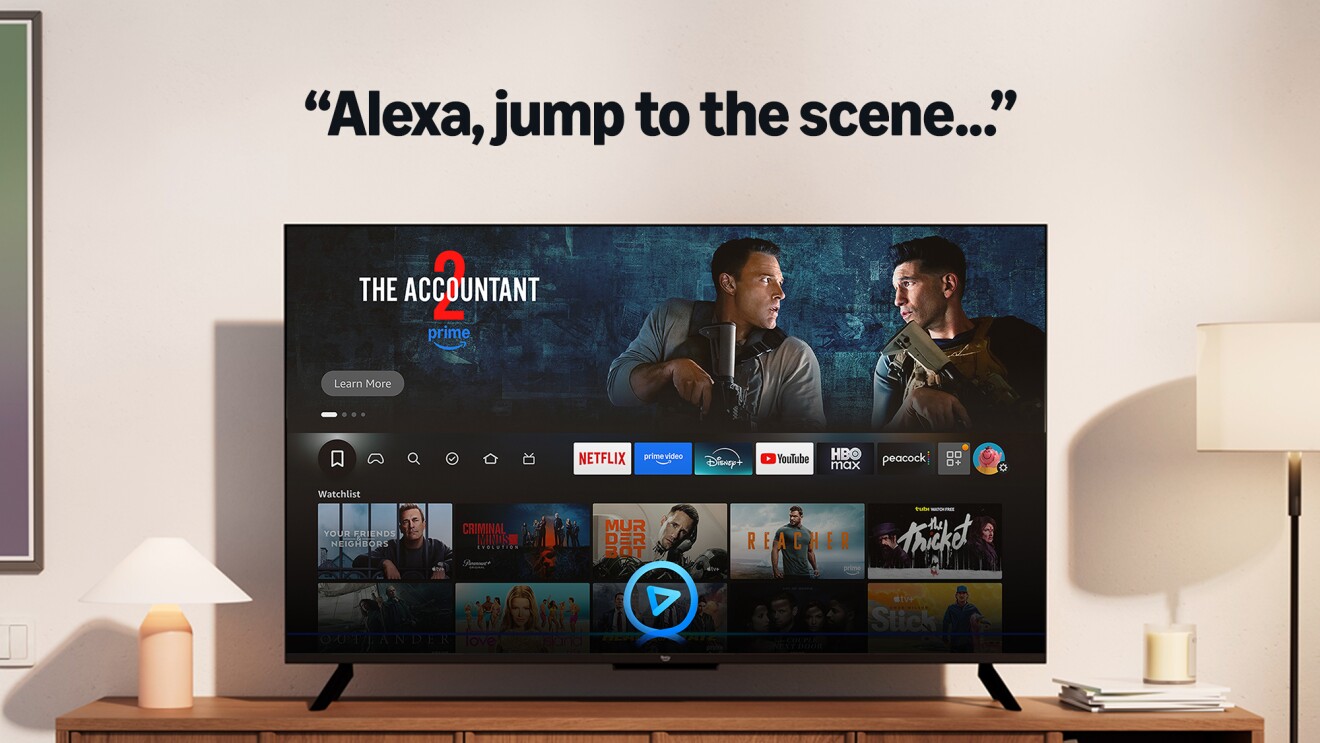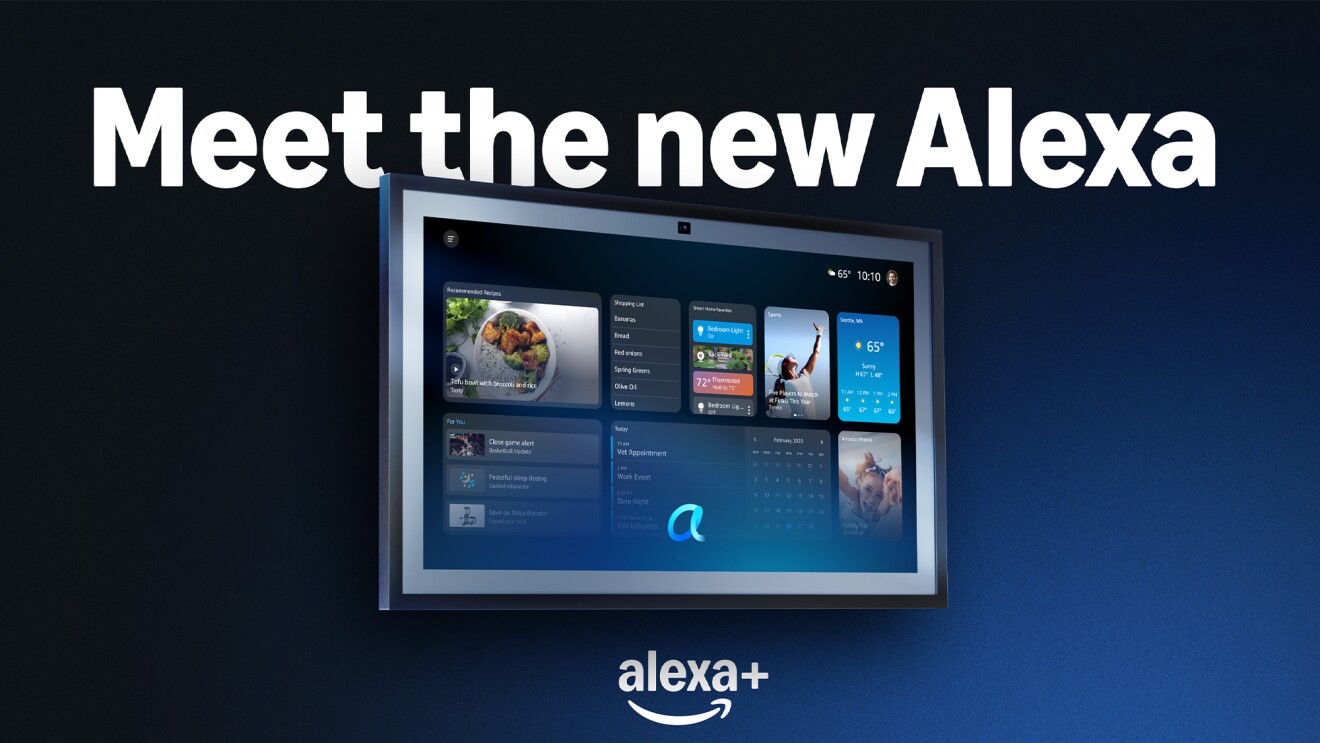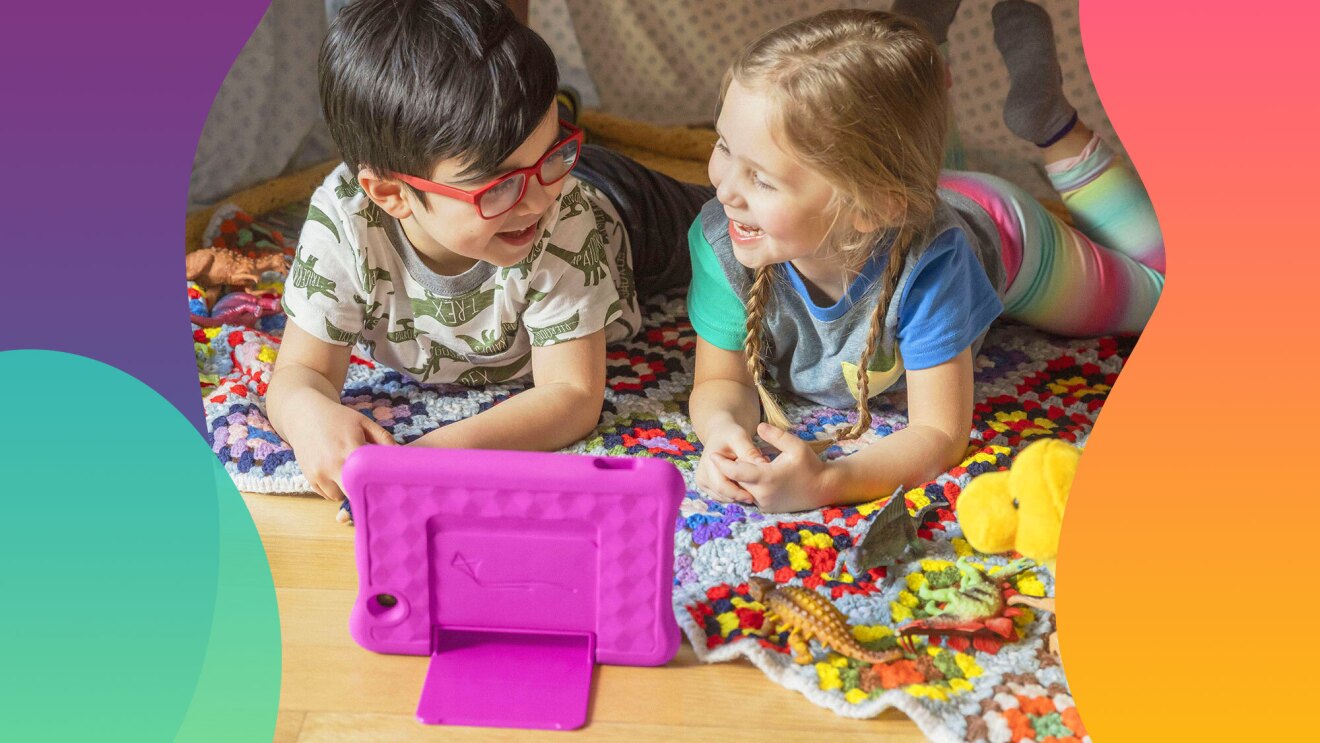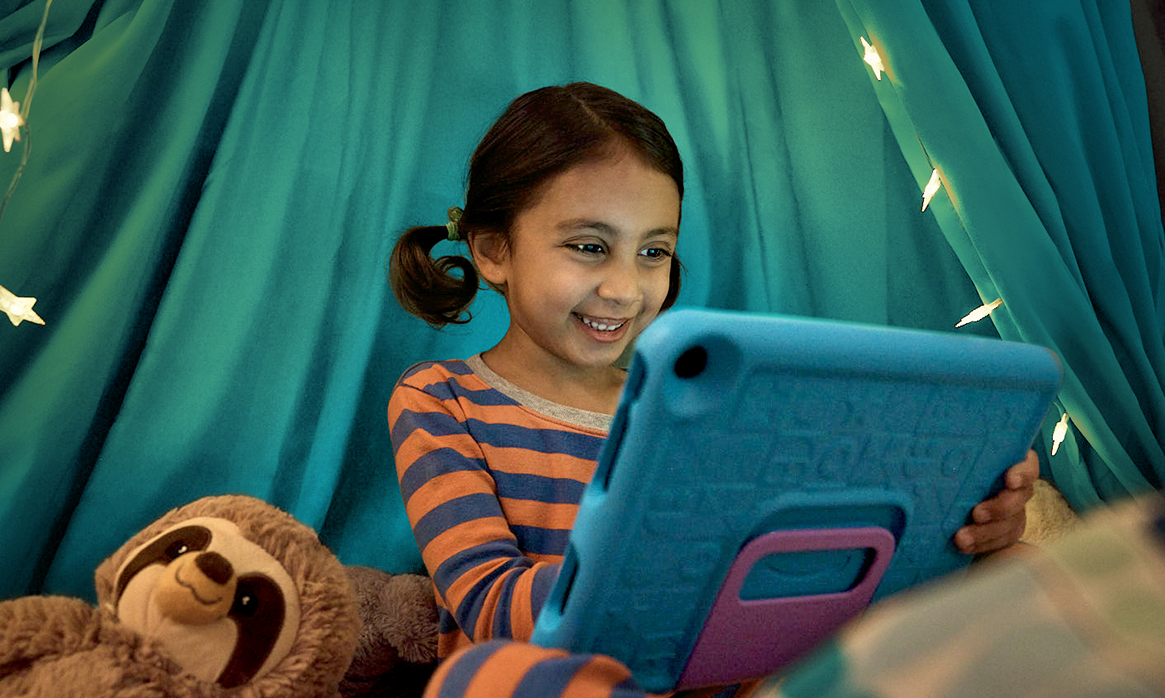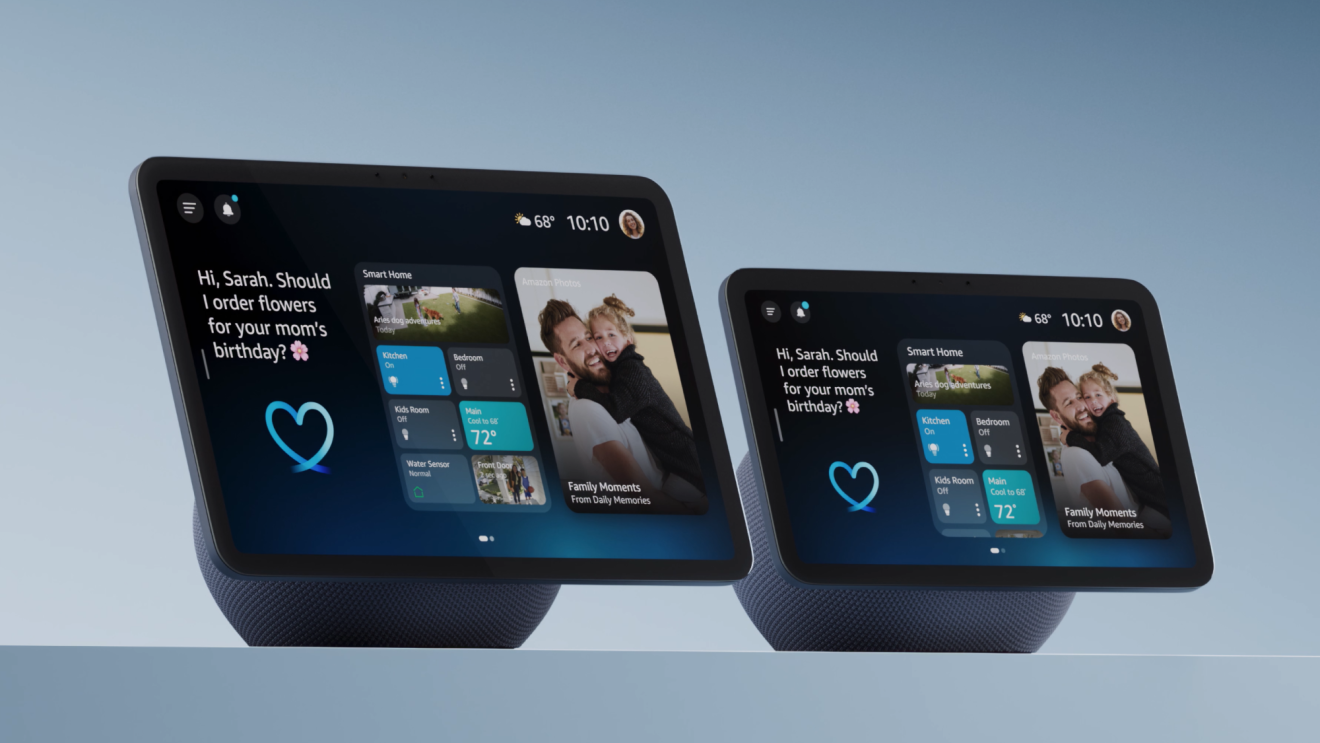Growing up in a family of engineers in India, Rohit Prasad’s first research problem involved finding a television on which to watch his favorite show: Star Trek. “This was back when TVs were still a rarity in India,” he said. “But whenever Star Trek was on, I managed to find one and plant myself in front of it.” Unlike many other Trekkies, Prasad was not a space geek keen on exploring new worlds and meeting distant civilizations. He was fascinated by the show’s talking computer. “That awesome, all-knowing, voice-activated computer, which you could make requests to just by saying, ‘Computer,’” he said. “It was deeply inspiring to me and made me want to build something just like it—something that would change people’s lives.”

He did. Prasad spent the last decade helping build Alexa, Amazon’s conversational AI, into a technology that now supports people in millions of homes around the world. Amazon recently announced that in addition to his role as head scientist, Prasad is also the new leader of the Alexa business. “We have built a solid foundation for achieving our vision of Alexa being an indispensable personal assistant, adviser, and companion for anyone, anywhere,” he said. “Alexa is one of the most loved and advanced AI applications in the world. I’m thrilled by Alexa’s adoption and excited to make it even more useful for customers in their everyday lives.”
We caught up with Prasad recently to learn about his plans for Alexa and his passion for AI.
For many people, the talking computer is still science fiction. How are you making it real?
I was inspired by the Star Trek computer and always wanted to be part of building one just like that. This is why I focused on speech processing in graduate school and chose to work on conversational AI as my first job. For the last 10 years, our team has been developing Alexa, a service that’s designed to be an indispensable trusted AI assistant, adviser, and companion to everyone, everywhere. Today I feel like we are closer than ever to fulfilling that dream.
Where is Alexa now?
I still have to pinch myself. Alexa started as an idea on a whiteboard and, somehow, in less than a decade, it has turned into an AI service that millions of customers interact with billions of times each week in different languages and cultures around the world. Even in the last year, Alexa interactions have increased by more than 30%.
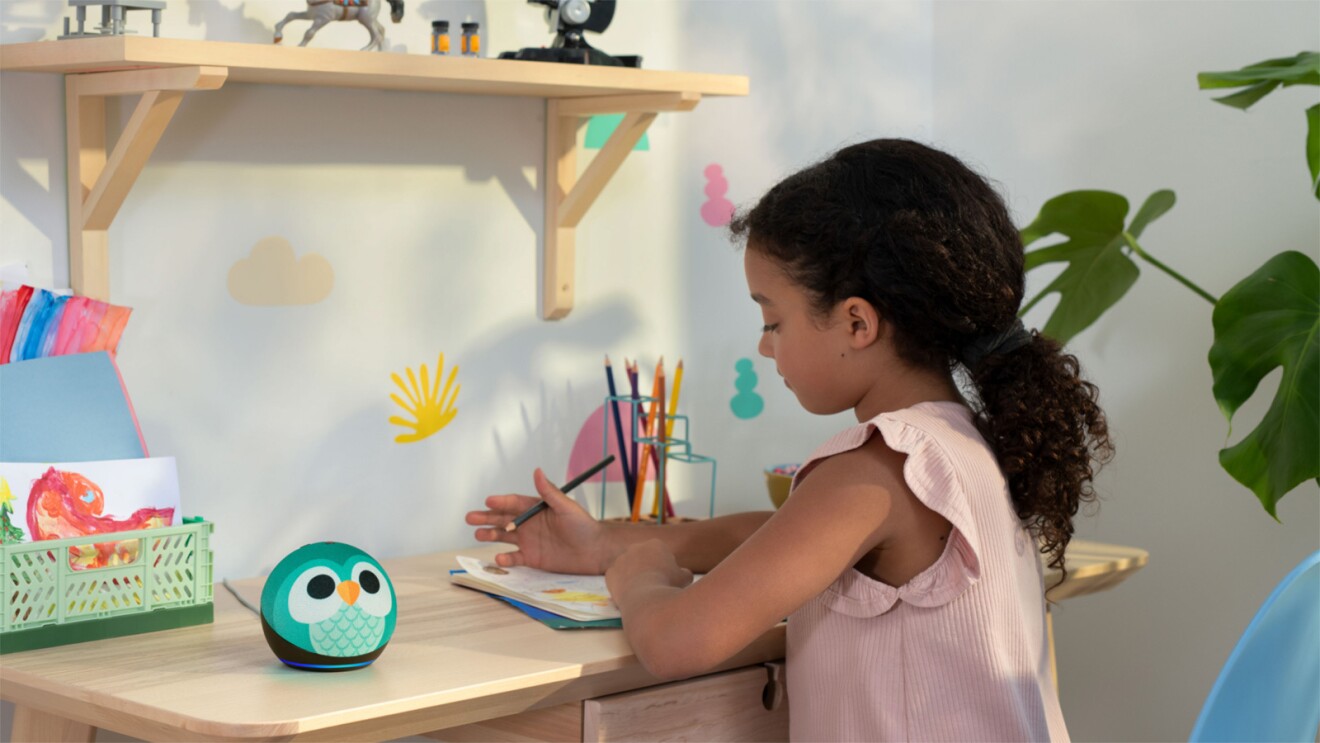
What’s behind this growth?
Our work begins and ends in benefiting our customers. We’ve been doubling down on the experiences customers tell us they like the most. For example, when we first launched Alexa, customers could use the service to do only a handful of things, like play music and set timers and alarms. Today, you can use it to control your smart home, watch videos and shows, shop, learn about any topic, and so much more with more than 130,000 skills available to our customers. All of this is made possible by Alexa’s AI, which is one of the most complex AI systems with over 30 different machine learning systems. A key reason for this growth is not just how much better Alexa has gotten in responding to customer requests, but also how Alexa initiates actions on customers’ behalf, which we refer to as proactive assistance.
Can you give us some examples of proactive assistance?
Alexa Hunches and Routines are two great examples of how Alexa has revolutionized daily convenience. They enable Alexa to proactively anticipate your needs and help automate your day. I love my morning Alexa Routine—when I stop my wake-up alarm, Alexa automatically turns on my bedside light, tells me the day’s weather, and starts NPR Morning Edition. And with Hunches, I have peace of mind that if, for example, I leave the garage door open, Alexa is able to remind me or can close the door on its own. It’s pretty magical. More than 30% of Alexa actions in smart home control are now Alexa initiated.
Another example is in the entertainment area. We recently launched a conversational experience called, “What Should I Watch?” It combines Alexa and Fire TV recommendations to turn Alexa into an entertainment expert that can help you find content you might like on your Echo Show and Fire TV. Thursday Night Football in the U.S. is another example. We’ve launched features so you can ask Alexa for the latest in-game player and team stats without interrupting the live stream of the game.
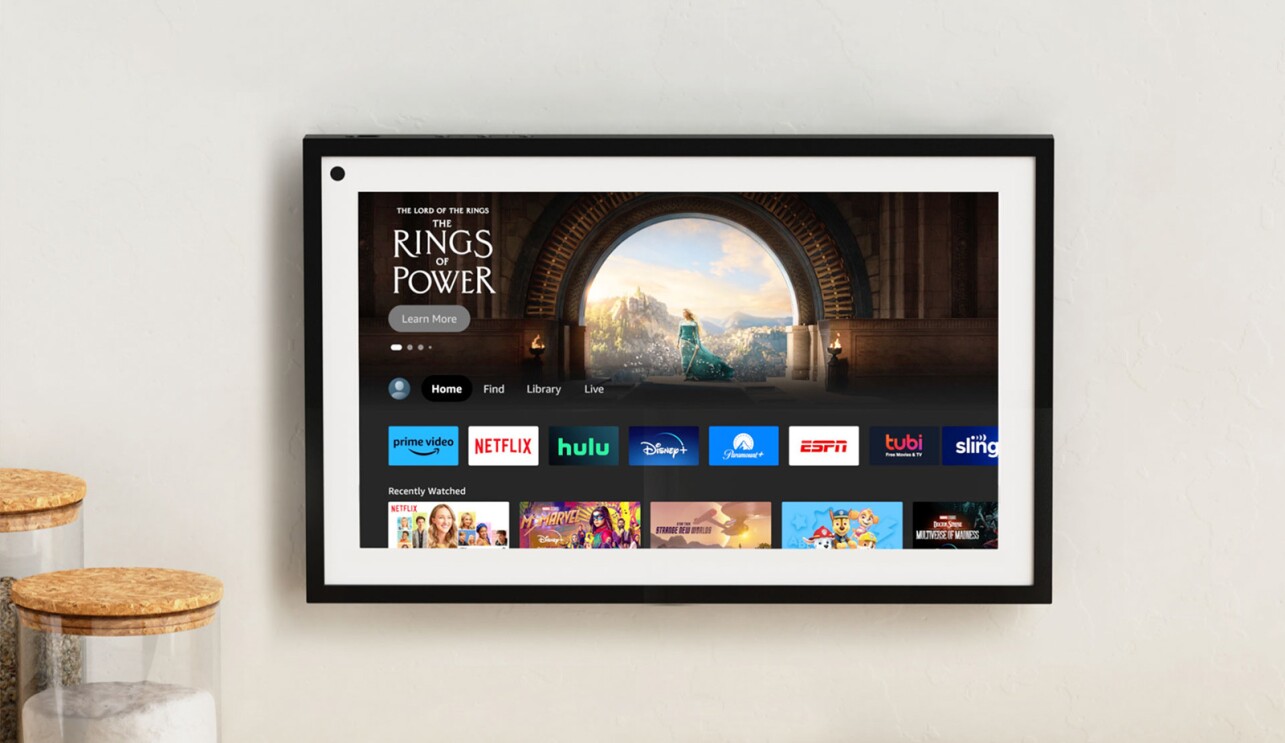
What about shopping with Alexa?
Shopping is another great place to see Alexa’s evolution. In the beginning, you could add items to your shopping list. Now, using just your voice, Alexa can help you place orders, get product questions answered, and receive delivery notifications. We also recently announced a new feature—coming soon—called Shop the Look. It leverages an AI breakthrough in multimodal understanding, enabling you to browse fashion, home, and beauty products directly on your Echo Show by saying things like, “Alexa, show me green yoga pants” to choose products on the screen. People love shopping with Alexa. Fifty percent of Alexa customers have used their device to shop.
Can you tell us about your future plans for Alexa and give us a peek at what your team is working on?
Alexa is getting smarter every day, but we are nowhere near the final frontier. Today, you can use Alexa to do things—ranging from entertainment and asking for information—to controlling and automating your smart home, shopping, and so much more. But, Alexa is already much more than your voice assistant. It is also an expert adviser and even a companion to some. When it informs you that you left your thermostat at 72 degrees while nobody was home, it is proactively advising you to save energy. Certain customers, especially kids and aging customers, have a companion-like relationship with Alexa and Kids+ on Alexa and engage in much longer conversations beyond single-turn requests.
The way to be great at meeting the ever-growing expectations from Alexa is through what we call generalized intelligence, which is when AI is able to learn multiple tasks and continually adapts with limited human supervision. Alexa is not only one of the most fertile proving grounds for advancing generalized intelligence, but also evolving human-like interaction abilities that go beyond speech interactions.

What do you mean by this?
Communication between people, and we hope soon with Alexa, is so much more than just voice—it’s facial expressions, hand gestures, body language. That’s why in addition to advancing Alexa’s voice AI, we are also investing in multimodal AI, enhancing Alexa’s ability to process different sensory signals like visuals, touch, and ultrasound, as well as speech. More natural interaction will make Alexa an even better assistant, adviser, and companion. This is the hallmark for a conversational AI application like Alexa.
In addition to conversational AI, you frequently refer to ambient intelligence. How does ambient intelligence apply to Alexa?
Ambient intelligence is the science that makes it possible for the disparate devices, sensors, and technologies in your environment to seamlessly work together to assist and delight you at every moment. This intelligence is there when you need it—it even anticipates your needs—but it disappears into the background when it is not needed. With functionalities like Routines and Hunches that help Alexa anticipate your needs and automate your day, Alexa is, at the core, what Amazon is doing with ambient intelligence. (Watch and read our ambient intelligence explainer.)
What’s your vision for the future?
I’m sure it’s counterintuitive to hear from someone who has built their career in consumer technology and AI, but I believe we should be thinking about technology less. Instead, we should focus on experiences that make your life simpler, not more complex. We want to free up hours in our customers’ everyday lives and reduce their cognitive loads, so they can spend more time with the people and things that matter most to them.
In many ways, the Alexa of today is already far more powerful than that Star Trek computer that inspired me. However, as we say at Amazon, it is still Day 1. We have an ambitious vision, and I'm optimistic that we will continue delighting and delivering more value to our customers.





